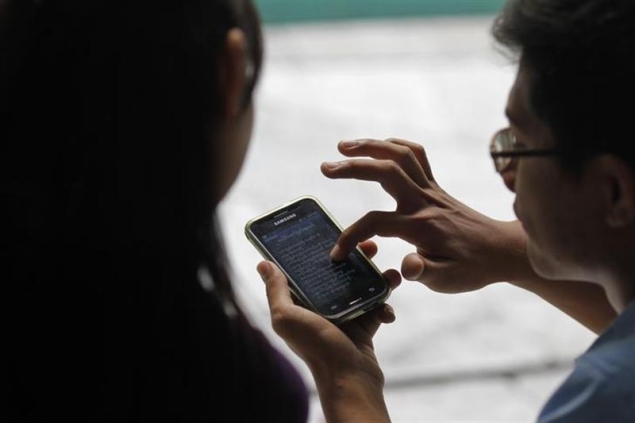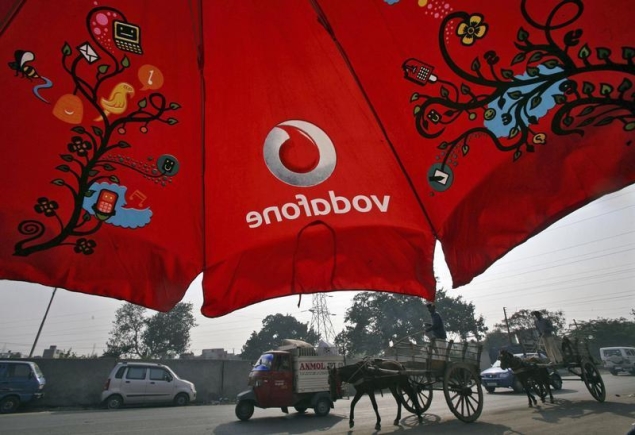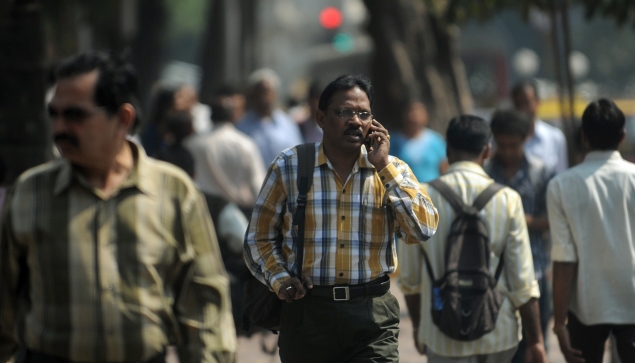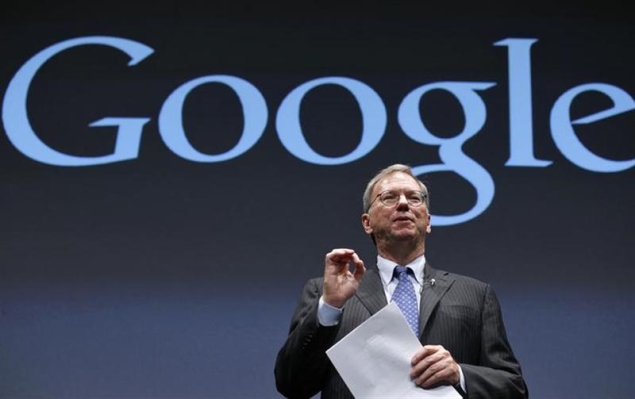
One of the many non-news sites that accidentally libeled a high-schooler in the rush to be a real-time news source.
Early this morning, the public Facebook page called
Binders Full of Women apologized for posting Boston police scanner chatter that
erroneously identified a missing Brown undergrad
as a suspect in this week's Boston Marathon bombings. The Binders Full
of Women feed author subsequently deleted the post. Earlier, in the
midst of multiple other posts about the unfolding Watertown, Mass.,
manhunt and shootout that started last night, the author defensively
noted that any misinformation must be excused because, "I am NOT a
journalist, and I am only relaying information from the [Boston Police
Department] scanner and news sources."
But in point of fact,
why, exactly, is a public page dedicated to women's rights issues in
America essentially live-blogging a suspect manhunt, warts and all, on
Facebook? Not that the Facebook page (whose 319,000 followers all got
the same misinformation) was the only offender.
Michael Skolnik, of hip-hop culture and news blog
Global Grind also
apologized on Twitter
for publishing the name overheard from scanner chatter, which was also
tweeted by many, many others who either heard it on police scanners or
retweeted what they saw online.
And Reddit moderators were apologizing for kicking off the whole domino chain after their commenter community
initially targeted the student, Sunil Tripathi, as a possible suspect, and then repeated the news that his name had been used on police scanners.
Meanwhile, a high-school track runner is
afraid to leave his house because he was wrongly identified as a possible suspect in crowdsourced photos and by the New York Post. And
this poor guy
was briefly held, questioned, and released in Watertown last night, but
not before he was identified all over Twitter as a "suspect on the
ground."
If speed is the currency of the modern information era, misinformation
is the increasingly high cost. Some, like Matthew Ingram at
Paid Content,
argue that journalism is made better by multiple sources. And
certainly, high profile mistakes (and occasionally laughable coverage)
by the likes of
CNN, and downright irresponsible journalism by the
New York Post, might seem to suggest that's true.
It's not. We have more information, but it's a morass of truths,
half-truths, and what we used to call libel. It's fast, but it's bad.
And bad information is a cancer that just keeps growing. I'd argue the
opposite of Ingram: that the hyperintense pressure of real-time
reporting from Twitter, crowdsourcing from Reddit, and constant mockery
from an online community that is empirically skewed toward
negativity and criticism is actually hurting journalism. It's making
all the news worse.
Why is CNN reporting wrong information as soon as possible? Because if
CNN reports that info 20 minutes after it showed up on Twitter, the
network will be skewered as pathetically behind the times. But should
CNN or Fox report erroneous information in the rush to keep up, the
networks will be skewered with identical glee and ruthlessness, while
Reddit's
slanderous and speculative threads
will be congratulated as collaborative crowdsourcing that, while it may
lead to devastating mistakes early on, eventually lands on the truth.
What kind of ridiculous double standard is that?
We're still in the early stages of figuring out how to experience news on social media. I
do
agree that firsthand reports from witnesses, reporters on Twitter, and
those to whom an event is actually happening are invaluable new sources
of information. I
agree that circulating official "have you seen
this person" images on Reddit or anywhere else online is orders of
magnitude more effective than the old days of nailing said posters to
trees and outhouses. Social media and the Internet have a huge role to
play in the future of news -- they may very well
be the future of news. But right now, they're making news worse before they make it better.
So as we go forward, I'd like to suggest some social-media Ground Rules for Breaking News.
Rule #1: If you have a lot of followers and you want to help, direct people to
reliable sources
of information, like a police department feed, a news feed, or someone
who's on the ground, as in the case of Danny Sullivan last night with
Seth Mnookin and other local resources.
Rule #2: Do
not, under any circumstances, broadcast the
names or photos of alleged suspects before verification. Panicked police
officers in the midst of a firefight, chase, manhunt, and explosions
who are desperately shouting things over scanners do not count as
verification.

Scanner apps rise to the Top 10 on iTunes. Put the scanner apps down, I beg you.
Rule #3: If you want to be involved, broadcast helpful
information, not Any Information At All. If you're the Binders Full of
Women Facebook page, tell your 319,000 followers how to donate blood in
the aftermath of a bombing. Tell them to stay inside while the bombing
suspect manhunt continues. Broadcast the number of the FBI tip line in
case they see any suspicious information. You can
be useful without trying to be a news wire.
Rule #4: Sometimes you are powerless and you do not have
information. That's OK. It's not your job. The Internet doesn't make us a
great, seething Collective Omniscient just because there are more
eyeballs on what's happening. Information, unlike sending a tweet full
of wrong information, still takes time. Just put down the computer and
go to bed.




































 India’s information technology industry is expected to
generate between 1.3-1.5 lakh new jobs this financial year, as it slowly
deploys the excess number of engineers hired last year when business
growth turned out to be less than expected. The hiring estimates by
industry body Nasscom pales in comparison to the just completed year
when the industry created 1.88 lakh new jobs.
India’s information technology industry is expected to
generate between 1.3-1.5 lakh new jobs this financial year, as it slowly
deploys the excess number of engineers hired last year when business
growth turned out to be less than expected. The hiring estimates by
industry body Nasscom pales in comparison to the just completed year
when the industry created 1.88 lakh new jobs. According to experts, it’s important to plan, multi-task, be adaptable and efficient to be a smart worker
According to experts, it’s important to plan, multi-task, be adaptable and efficient to be a smart worker
 .
.